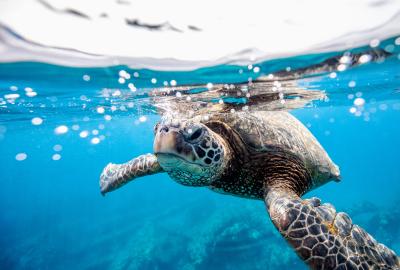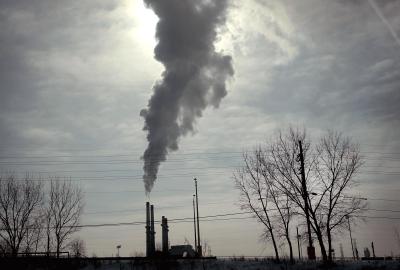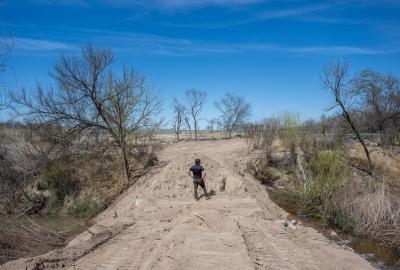Meet Rashida Ferdinand, champion of change
Her grassroots organization is restoring a wetland — and bringing new hope — to a community once ravaged by Hurricane Katrina.
Rashida Ferdinand, a ceramic sculptor from the Lower 9th Ward of New Orleans, counts herself as one of the lucky ones. After Hurricane Katrina killed more than 1,000 people in New Orleans in 2005 and displaced some 650,000 from across the Gulf Coast, she was able to return to her flood-ravaged community and support the work of rebuilding. In 2008, she founded the Sankofa Community Development Corporation, taking its name from a West African concept which she loosely translates as “looking back while moving forward.”
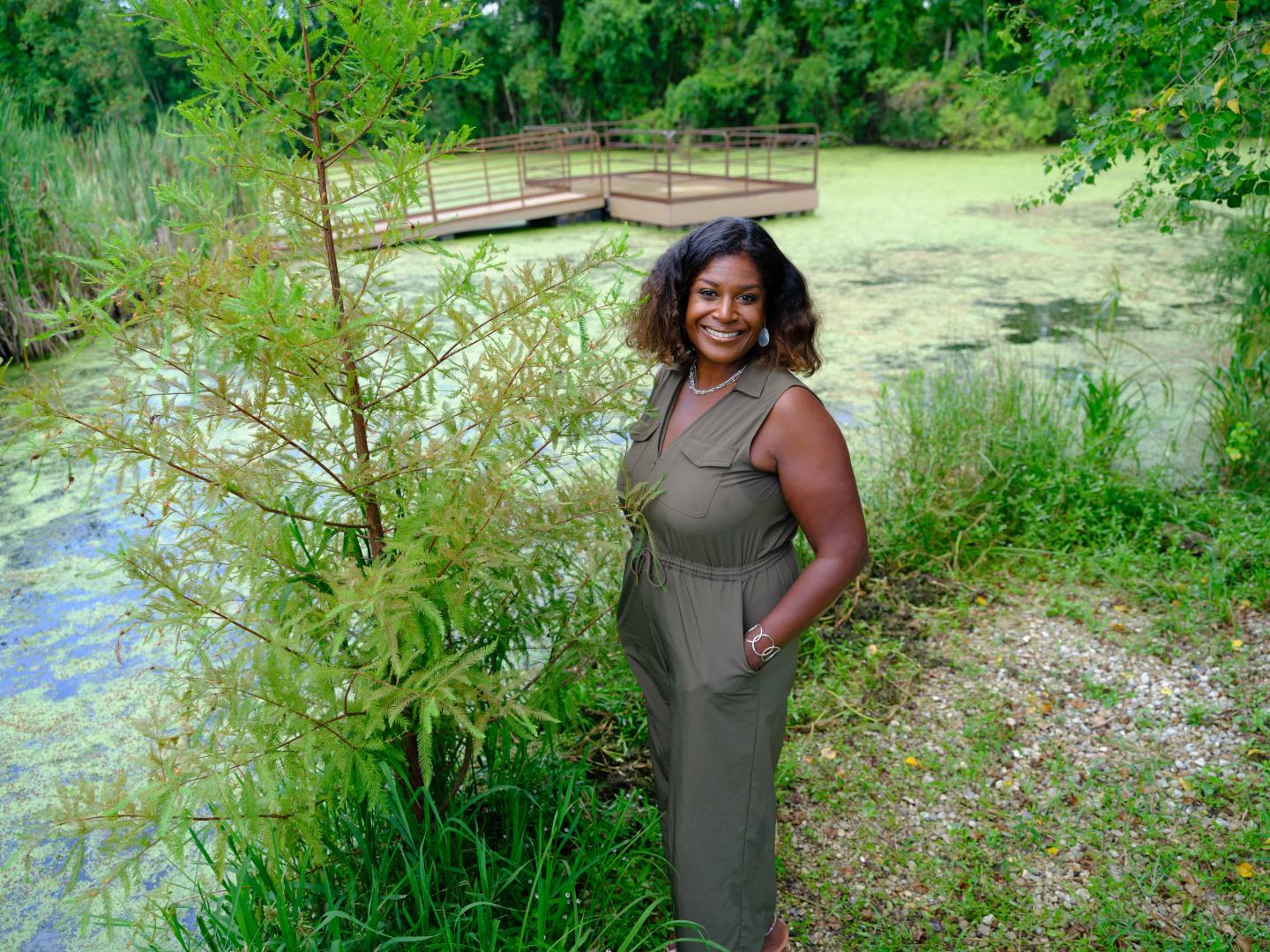
One of this small organization’s most ambitious projects to date is transforming a 40-acre, city-owned vacant lot into healthy wetland. The lot was once a swamp where residents fished and hunted, until shipping channel construction dried it up and it became an illegal dumping ground.
Sankofa brought community members together with a host of partners, from the National Park Service to local agencies and universities, to design a community-led plan to revitalize the swamp. An army of volunteers has been helping remove garbage and invasive species, restoring native plants and building retention to hold water and protect against future flooding.
A two-acre pilot is complete, and the restoration of ten more acres is in progress, bringing back birds, fish and joy to a community that some thought would never be the same again.
[This interview has been edited for clarity]
After Hurricane Katrina, when the levees broke and devastated the Lower 9th Ward, half the neighborhood’s population never returned. What brought you back?
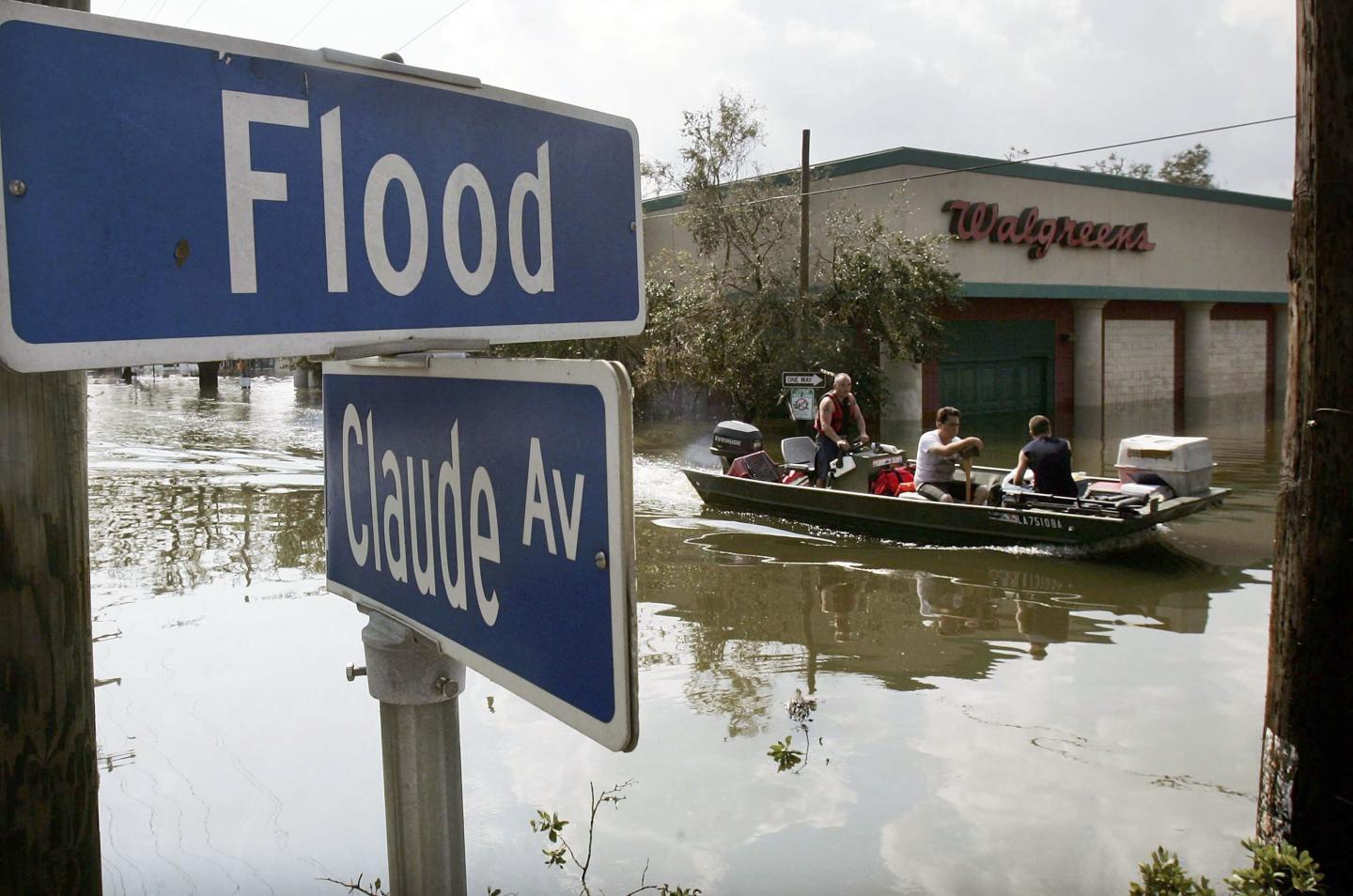
Not everyone had the privilege to return home. I evacuated with my family. It was tough, but we had each other and we had family we could stay with. We were able to rent an apartment. I tried to set up shop and rebuild in Atlanta, but it just didn’t feel right. I wanted to be home, and I wanted to contribute to what was needed to restore our home.
Where did the vision of restoring the wetland come from?
It was inspired by people who had been brought up in this neighborhood and who knew about this area when it was a wetland. It was a part of their identity. They impressed upon me the importance of restoring this space for our own sense of well-being, for community ownership, for economic development.
We removed invasive trees and created spaces for more plants to flourish and habitats to grow. We've been hosting programs like fishing camp, kayaking, STEM education, yoga, all kinds of wonderful activities through partnerships and collaborations.
In Phase 3 we want to complete our nature trail and an open amphitheater. We’re trying to explore what a healthy model for neighborhood growth looks like.
How does it feel to have that natural space back?
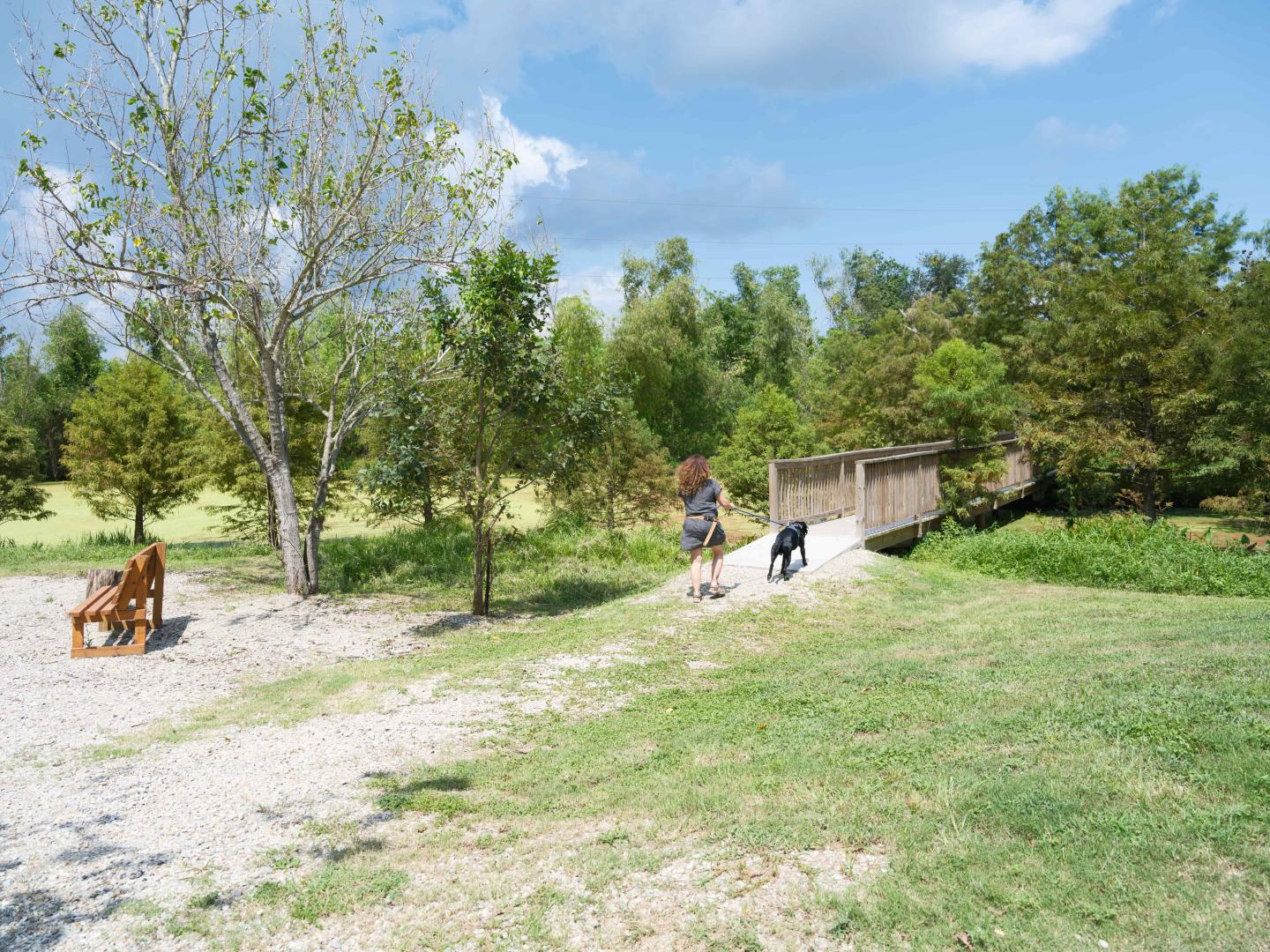
What I love is the silence. It’s quiet but you’re not alone. You hear the sound of the wind. The birds are singing to each other — you see a lot of birds. You see cypress trees. You see turtles moving in and out of the water. Sometimes rabbits come peeking out. We've seen river otters.
I know children get super excited to see everything that’s moving around. We're starting to get wildlife cameras to see what’s happening under the water. I'm sorry I'm being invasive, being a little spy, but it'll be amazing to see! I think we'll learn a lot and have a lot more respect for these diverse life forms and how we should interact with them.
I love that people know this is for everyone to come and enjoy. You don't have to ask for permission.
A lot of people are going to be looking at New Orleans this month, which marks the 20th anniversary of Hurricane Katrina. What do you want them to know?
I want them to know that people are here and alive and working together. I want people to see the beauty of this neighborhood, of our environment, why we remain here. It shouldn’t be on us alone to make things happen. We need resources and investment. We love the work we do and we need collaborators.
What advice do you have for others who want to make change for their community?
Don't work in a silo. Listen to the wisdom bearers in your community. Partner with folks who are aligned with you and believe in your work, no matter what discipline they come from. A whole gumbo pot of people coming together have made this work possible.
What gives you hope?
When you see commitment. When I hear from folks around the world who are taking a stand and believing that we can have a beautiful future. I'm going to stand with that and have hope.
